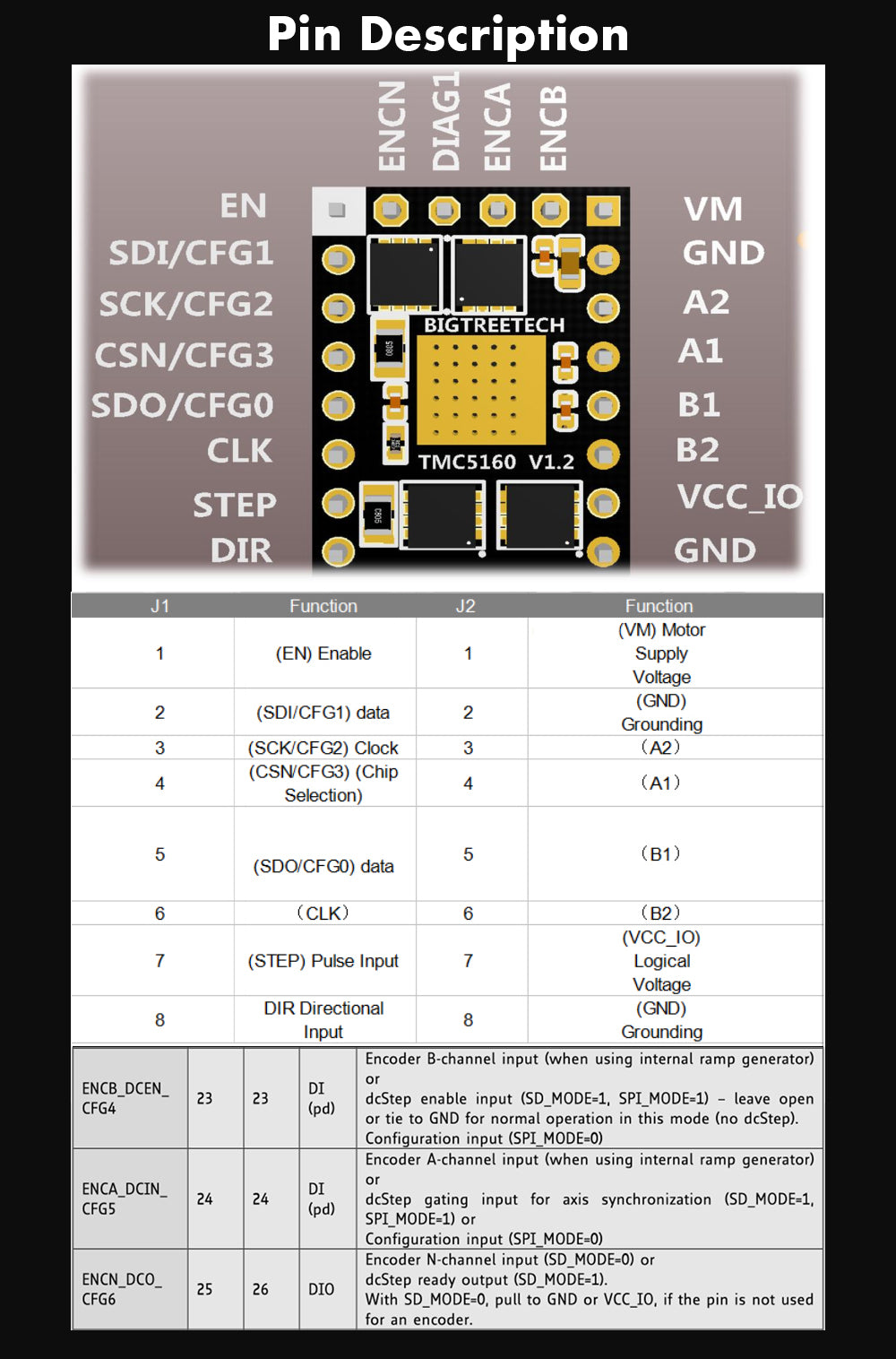RMS is free remote desktop software that provides easy and secure access to a remote computer. The program allows you to view the remote screen and operate its mouse and keyboard as if you were. Linux. Driver for Intel® Integrated RAID Module RMS3AC160, RMS3CC080, RMS3CC040, RMS3HC080 and Intel® RAID Controller RS3DC080, RS3DC040, RS3SC008, RS3MC044, RS3WC080. Provides Linux. driver for full featured (MR) and entry level (iMR) 12Gbs Intel® RAID Controllers. Driver: Red Hat Linux. SUSE Linux. Ubuntu. CentOS. 07.712.02.00 Latest: 4/13.
Installing Sentinel RMS License Manager and Sentinel System Driver
For Windows
The installation program at: <installdir>RedistributableLicenseManager will install both the Sentinel RMS License Manager and Sentinel System Driver on Windows systems. The installer detects whether the operating system is Windows 32 or 64-bit and installs appropriate version of the Sentinel System Driver accordingly.
Given below are various methods to perform installation.
Method 1 - Wizard-based Installation
This is a wizard-based graphical installer that does full step-by-step installation. Since it involves user-interaction, most of your customers will be able to run it on their own.
Method 2 - Quiet Installation
Either during your application's installation or afterward, you can call the setup.exe in quiet mode. The installation is run without any noticeable user interaction. This method is very similar to the first method, except that you call setup.exe yourself, to run without displaying messages (quiet mode).
Files Required
The following files are required, totaling about 8 MB:
>Sentinel RMS License Manager <version>.msi
>Data1.cab
Driver Knowledge Test (DKT) - Licence Tests - Driver Licence ..
>Setup.exe
The command-line switches are as follows:
>Use the following option to install both the License Manager and Sentinel System Driver from command-line:
msiexec /quiet INSTALLLEVEL=101 /i 'Sentinel RMS License Manager <version>.msi'
>Use the following option to install only the License Manager from command-line:
msiexec /quiet /i 'Sentinel RMS License Manager <version>.msi”
Method 3 - Calling the MSI
With your application's Windows Installer-based installation program, you can easily call the License Manager MSI file. It is a supported custom action built into Windows Installer. The trick is to allow the installer to find the files it needs to install. The Sentinel RMS License Manager installer is written using InstallShield for Windows Installer and has all its files placed in the archive data1.cab. After you add a custom action to call this MSI file from your installer, all the components will be installed quietly right along with your application in a seamless manner.
NOTENote that you must have Windows Installer 2.0 (or later) installed on the target machine.
Files Required
The following files are required, totaling about 4 MB:
>Sentinel RMS License Manager <version>.msi
>Data1.cab Simonsvoss usb devices driver download for windows.
NOTEIt is possible that if you use InstallShield for Windows Installer you also have a .cab file corresponding to your application. In this case, the two files need to be merged together—as they need to reside in one directory. Otherwise, just include the Sentinel RMS License Manager MSI file and.cab file in the same directory as your own MSI.
For UNIX
Good Behaviour Election / Acknowledgment
>The Sentinel System Driver on UNIX is known as Sentinel UNIX Driver (SUD)—its installer is provided in your RMS SDK installation. The installation instructions are provided in the release notes corresponding to your UNIX platform. You can ship this installer to your customers if the supported hardware key needs to be accessed.
Apex Networks Vehicle Recovery & Patient Transport Software
>For installing the Sentinel RMS License Manager, you can share the License Manager executable (lserv) available in the /redistributable/licenseManager directory.



